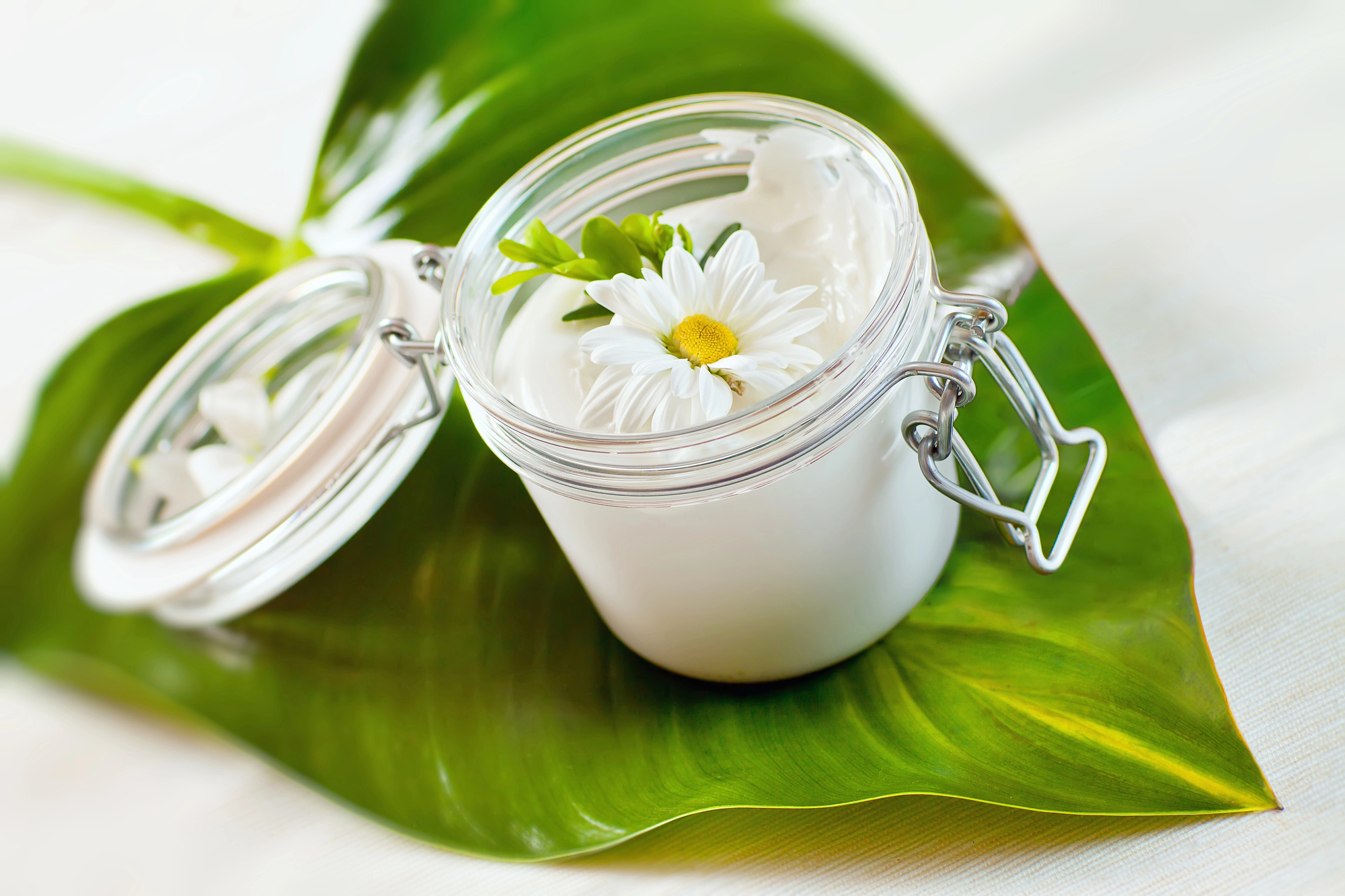¿There is toxins in cosmetics? The risks hidden in some ingredients commonly used in cosmetics are on everyone’s lips: parabens, triclosan, allergens of various kinds. There may be dangerous ingredients in natural or BIO cosmeticsalthough you shouldn’t fall into chemophobia or pay attention to urban legends. We help you put things in place, know what the real risk is, its magnitude and who it affects.
Ingredients to avoid in natural cosmetics
Before you start with the ingredients we should avoid, you should know that lThe ingredients appear in the list (INCI) from highest to lowest.according to you concentration on the formula, That is, if the first ingredient that appears is Aqua, we already know that that product contains the most water.
Let’s analyze INGREDIENTS to avoid in CREAMS, in bath GELs and shampoos, and in toothpaste.


- Sodium Lauryl Sulfate (SLS) and Sodium Laureth Sulfate (SLES): Ionic surfactants. Skin irritant, it destroys the lipid mantle and causes dermatitis and sensitization. Shampoos and bath gels.
- Polyethylene glycol (PEG) and Propylene glycol (PPG): Emulsifiers and surfactants. They are derived from ethylene chemistry and may contain residues of 1,4-dioxane, a carcinogen. Contact dermatitis and urticaria at low concentrations. Shampoos and bath gels.
- Triclosan: Preservative and antibacterial. It induces bacterial resistance and can be an endocrine disruptor. Shampoos and bath gels.
- Diethanolamine (DEA): surfactant that It can react with other compounds to form carcinogenic nitrosamines. Plus it’s annoying. Shampoos and bath gels.
- Parabens (Methylparaben, Ethylparaben, Propylparaben, Butylparaben): group of preservatives, they are endocrine disruptors. Creams and serums. Shampoos and bath gels.
- Dimethicone and Cyclomethicone:: synthetic silicone that exerts an occlusive effect on the skin. Effect of false hydration on the skin Creams and Serums.
- Paraffin: mineral oil from the petrochemical industry. Occlusive and comedogenic effect. Associated with allergies and carcinogenic potential in aerosol products. It accumulates in the lymph nodes and liver. In the INCI we can find it as: Mineral oil, Paraffinum liquidum, Light mineral oil, Liquid paraffin, Liquid petrolatum, Paraffin liquid, Paraffinum subliquidum, Liquid petrolatum. Creams, Serums, Children’s Oils, Lip Balms, etc.
- BHA (butylhodroxyanisole) and BHT (butylhydroxytoluene): possible carcinogens. Creams and make-up
- Triclosan: Preservative and antibacterial. It induces bacterial resistance and can be an endocrine disruptor. Deodorants, Toothpaste.
- Phthalates: They hide in synthetic ‘perfume’. They are very dangerous because of their ability to enter the body and cause everything from breathing problems and allergies to prostate and breast cancer.
We also need to highlight two groups of products, such as deodorants and sunscreens.
Toxic substances in deodorants
- Aluminum (aluminum): neurotoxic. It can appear as: aluminum chloride, aluminum chlorohydrate, aluminum fluoride… As a chlorohydrate, it is related to cancer and Alzheimer’s disease. How aluminum starch octenyl succinate may be contaminated with lead. We find it in Deodorants.
Toxic substances in sunscreens: chemical filters
- Oxybenzone: chemical sunscreen. Associated with allergic reactions, dermatitis and paradoxically phototoxicity. Hormonal disruptor.
- Ethylhexyltriazone: fchemical sunscreen banned by the FDA.
- Ethylhexyl methoxycinnamate. Works as an ultraviolet (UV) filter.
- Benzophenone-1 and benzophenone-2. Other ultraviolet filters. They are also described as worrying.
In general, we use between 5 and 15 cosmetic products every day. If we consider that each product contains an average of 15 ingredients, we use approx 150 daily cosmetic ingredients. Yes, every day. Now you understand why it is very important that you take into account the ingredients that can be harmful to your health.
Forbidden ingredients in natural cosmetics
Traditional cosmetics contain a large number of ingredients that cannot be present in natural cosmetics, as they are based on healthy products and, if possible, are extracted directly from nature. These products have been proven not to be beneficial for the skin. And even many of them can be very harmful to your health. These are some of the ingredients that you should avoid at all costs.



